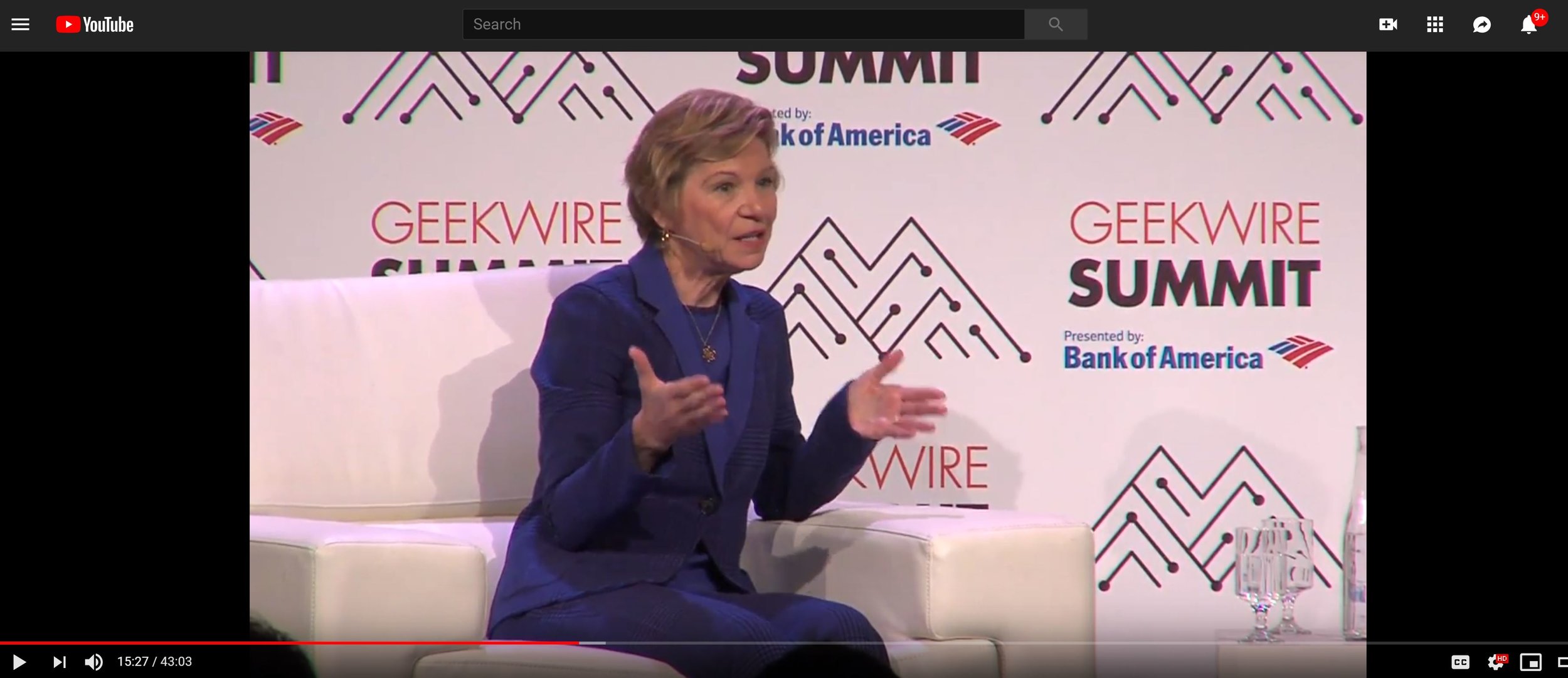Creating Hope in Conflict: a Humanitarian Grand Challenge, a partnership of the U.S. Agency for International Development (USAID), the U.K. Department for International Development (DFID), the Ministry of Foreign Affairs of the Netherlands, with support from Grand Challenges Canada, recognizes solutions which will improve humanitarian provision for the hardest to reach people affected by conflict. The program awards grants of up to $250,000 CAD for Seed innovations and up to $1,000,000 CAD for Transition to Scale innovations. On August 18th, the Humanitarian Grand Challenge announced that Body Surface Translations (the maker of AutoAnthro) was awarded a Seed grant. AutoAnthro is a digital anthropometry tool which uses 3D scanning to quickly and securely gather child nutritional information such as height, head circumference, and mid-upper arm circumference.
With support from the Humanitarian Grand Challenge, Body Surface Translations is working with partners--International Medical Corps and Dalberg Design-- to adapt AutoAnthro for use in complex humanitarian crises through rigorous field testing and extensive design iteration. Field trials will take place in South Sudan.
The 27 Humanitarian Grand Challenge finalists emerged out of a pool of 648 applications from 80 countries and will implement solutions for conflict-affected communities around the world.
Dr. Gene Alexander, CTO at Body Surface Translations, said, “We’re honored to receive this award. It will allow us to adapt AutoAnthro for use in some of the most challenging contexts in the world--complex humanitarian crises. We believe a less invasive method for capturing child nutritional measurements is particularly critical in the current global context and we look forward to accelerating progress with this support.”
For more information on AutoAnthro or this project, please visit bodysurfacetranslations.com or email info@bodysurfacetranslations.com





![AnnychkaMelenchuk [CC BY-SA 4.0 (https://creativecommons.org/licenses/by-sa/4.0)], from Wikimedia Commons](https://images.squarespace-cdn.com/content/v1/5b9811a9372b966f68a23982/1544384107011-FLRD0S676IHV1LZ7IX66/IAEA_emblem.jpg)
